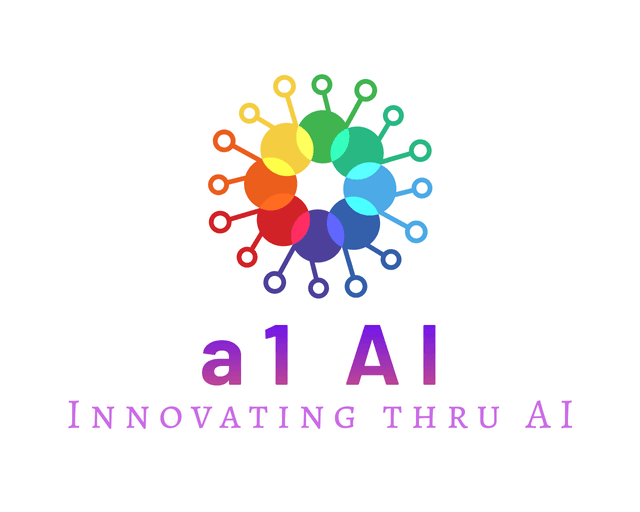Geospatial
Geospatial refers to the combination of geographic data and spatial analysis. It involves collecting, managing, analyzing, and presenting various types of geographical information. Geospatial data can include maps, satellite imagery, aerial photographs, GPS data, and other geographic data sources.
Geospatial technologies and tools are used in a wide range of applications, including urban planning, environmental management, natural resource exploration, disaster response, transportation planning, agriculture, and many others. These technologies help professionals analyze and visualize data in a spatial context, allowing them to make informed decisions and solve complex problems.
Urban Planning and Development: Geospatial data is essential for urban planning, helping city planners visualize and analyze data related to land use, infrastructure, transportation networks, and population distribution. It enables efficient urban growth, optimal resource allocation, and improved decision-making.
Environmental Management: Geospatial technology plays a vital role in monitoring and managing the environment. It helps in tracking deforestation, mapping wildlife habitats, analyzing climate change patterns, assessing natural resource availability, and identifying areas prone to natural disasters. Geospatial data assists in making informed decisions for sustainable land and resource management.
Emergency Response and Disaster Management: During natural disasters or emergency situations, geospatial technology provides critical information for quick response and effective management. It enables real-time tracking of incidents, mapping affected areas, identifying evacuation routes, and coordinating rescue operations. Geospatial data helps organizations and authorities mitigate the impact of disasters and save lives.
Agriculture and Food Security: Geospatial technology enhances agricultural practices by providing valuable insights for crop monitoring, soil analysis, irrigation management, and yield prediction. It assists in optimizing the use of resources, identifying areas with high agricultural potential, and improving overall food security. Geospatial data helps farmers make data-driven decisions for better productivity and sustainability.
Transportation and Logistics: Geospatial technology is widely used in transportation and logistics industries. It facilitates route planning, fleet management, supply chain optimization, and traffic management. Real-time geospatial data helps identify congestion points, optimize delivery routes, and improve overall operational efficiency.
Natural Resource Exploration: Geospatial technology plays a crucial role in locating and assessing natural resources such as oil, gas, minerals, and water. It aids in identifying potential extraction sites, analyzing geological data, and optimizing resource exploration efforts. Geospatial data helps companies minimize exploration costs and maximize resource extraction efficiency.
Public Health and Epidemiology: Geospatial technology has proven valuable in tracking the spread of diseases, analyzing health trends, and improving public health interventions. It helps in mapping disease outbreaks, identifying high-risk areas, monitoring vaccination campaigns, and analyzing healthcare accessibility. Geospatial data enables health organizations to develop targeted strategies for disease prevention and control.
These are just a few examples of the wide range of applications for geospatial technology. The integration of geospatial data and analysis continues to advance and provide valuable insights for decision-makers across various domains.
CONTACT DETAILS
Email: info@a1-ai.com
Phone: 636-248-0643
a1 AI , an EAIVision Company.
2007 - 2023 eAIvision LLC. All rights reserved
Technology Vision
Services
Consulting
Training
Technology Forum
